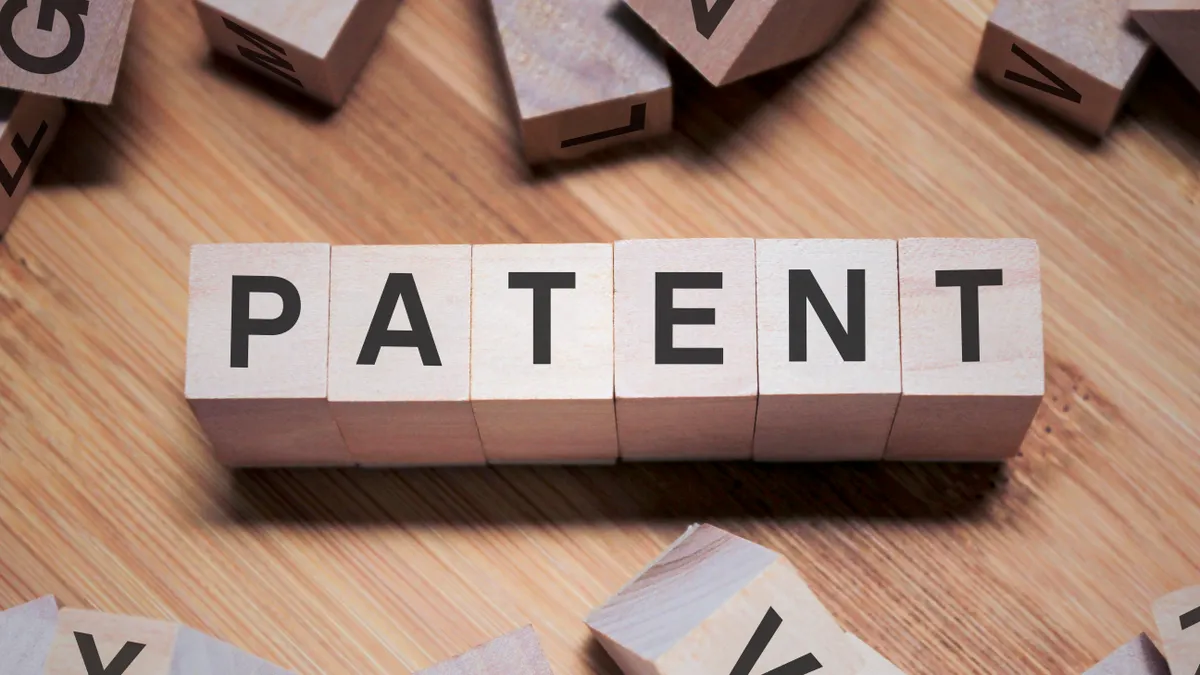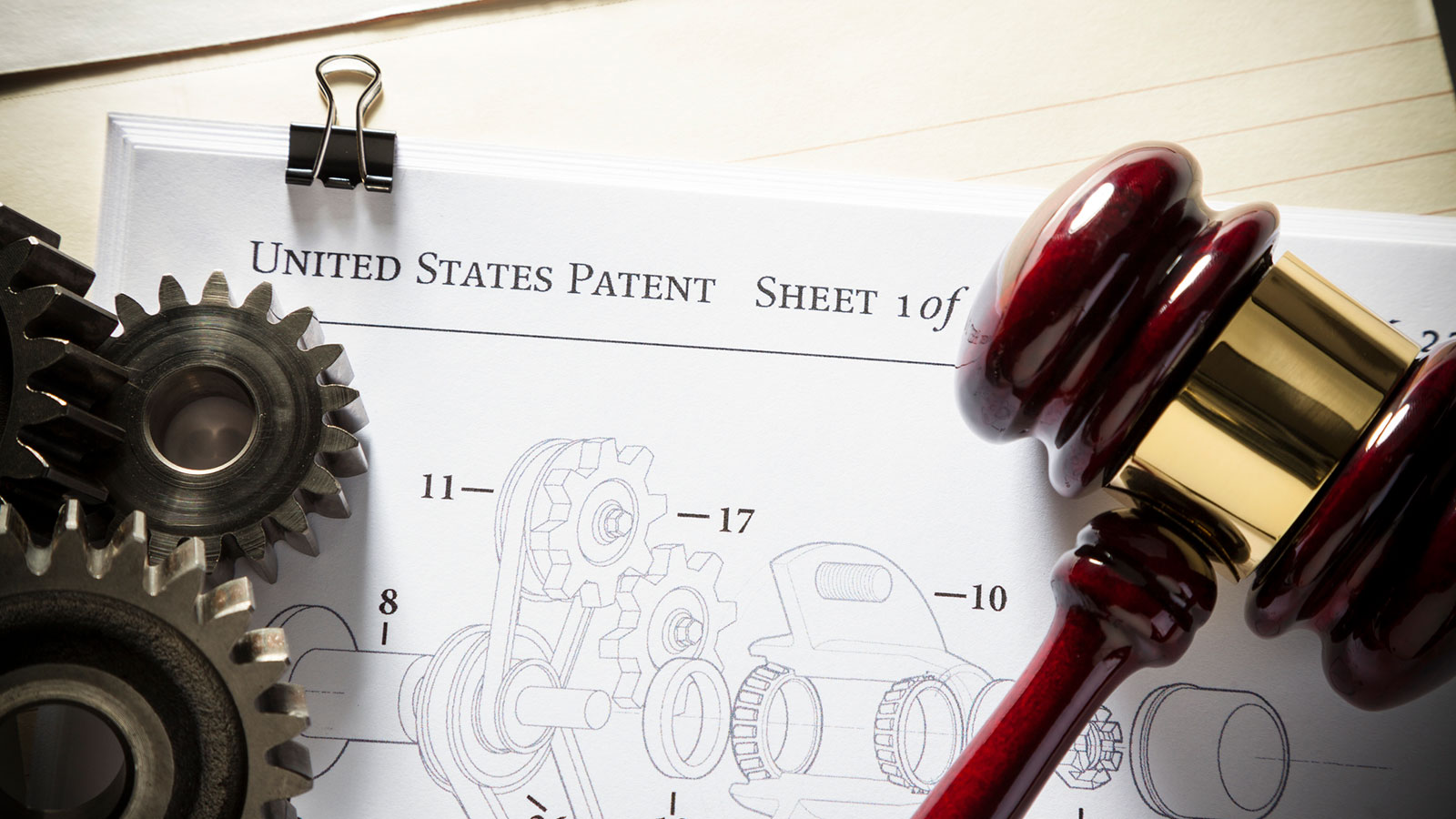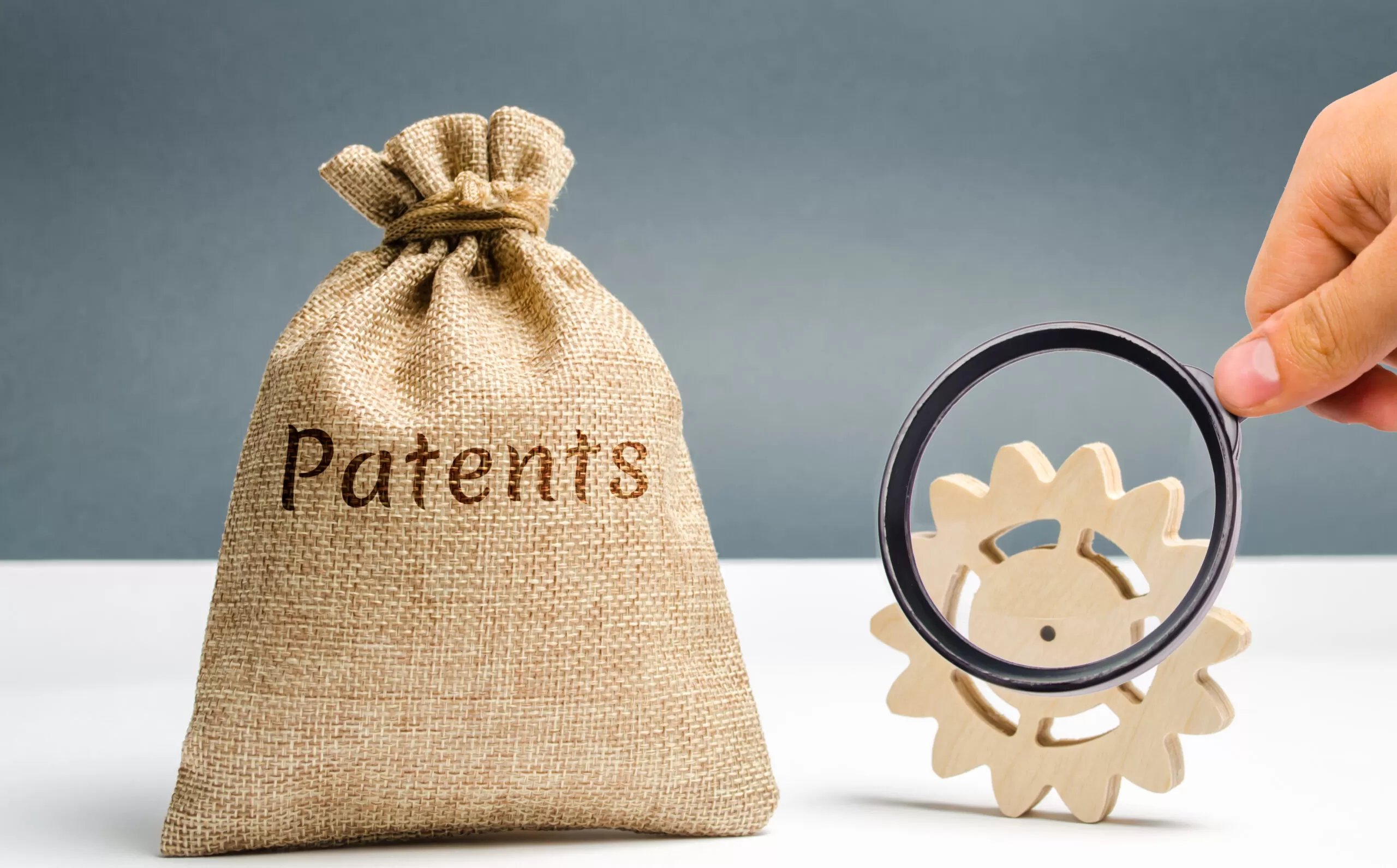For businesses eyeing global expansion, connecting with customers worldwide often hits a linguistic wall: delayed product launches stuck in translation email chains, marketing flops from inconsistent terminology, and overwhelmed support teams drowning in multilingual queries. These aren’t trivial—they let competitors pounce first. Luckily, translation tech has evolved. Today, a stack featuring Computer-Assisted Translation (CAT) tools, Translation Management Systems (TMS), and more acts as a guide, delivering consistent, timely content to turn global dreams into reality.
At the heart of this transformation lies the concept of translation memory (TM), a feature central to most CAT tools. Imagine a software that “remembers” every sentence, paragraph, or phrase a translator has ever worked on, storing these segments in a searchable database. When a translator encounters a similar or identical phrase in a new project—say, a product description that reappears across a website, app, and marketing brochure—the CAT tool instantly retrieves the previously translated version. This isn’t about replacing human translators; it’s about empowering them to focus on creative, context-dependent work rather than wasting time retranslating familiar content. A study by the Localization Industry Standards Association (LISA) found that TM systems can reduce translation time by up to 40% for repeat content, a game-changer for companies releasing frequent updates, such as software firms pushing out new features or retailers updating seasonal product lines.
Complementing translation memory is the term base (TB), another cornerstone of CAT technology that ensures linguistic consistency—a make-or-break factor for brand credibility. Consider a pharmaceutical company marketing a new drug: a single inconsistent term (e.g., “dosage” vs. “dose”) could confuse medical professionals or patients, damaging trust. Term bases solve this by storing approved translations for industry-specific jargon, brand names, and key phrases. When a translator types a term, the CAT tool flags it and suggests the pre-approved version, eliminating guesswork. For global brands like Coca-Cola, which must maintain consistent messaging across 200+ countries, term bases act as linguistic rulebooks, ensuring that even local adaptations stay true to the brand’s voice.
While CAT tools empower individual translators, Translation Management Systems (TMS) take a bird’s-eye view, orchestrating the entire translation workflow. Think of a TMS as a project manager, linguist, and quality controller rolled into one. It automates tedious administrative tasks: assigning projects to the right translators based on language pairs and expertise, tracking deadlines across multiple time zones, and routing files through review stages. For example, a tech company launching a new app update can upload English strings to a TMS, which automatically distributes them to translators specializing in Mandarin, Spanish, and Arabic. The system sends real-time alerts if a translator falls behind and flags discrepancies for reviewers—all without a human project manager lifting a finger. This automation cuts project timelines by 30-50%, according to industry reports, letting businesses release multilingual content in sync with global launch dates.
TMS platforms also solve a hidden challenge of global content: version control. In the pre-digital era, updating a single sentence in a product manual meant retranslating entire chapters across 10 languages, risking inconsistencies. TMS tools, however, use “dynamic linking” to connect source content with its translations. When the original English text changes, the TMS identifies only the modified segments and reassigns them for translation, leaving unchanged content untouched. This “delta translation” approach saves time and reduces errors, a boon for industries like software, where user interfaces and help docs evolve daily.
Beyond CAT and TMS, emerging technologies like machine translation (MT) engines and AI-powered quality checkers are expanding the tech stack’s capabilities. MT engines, trained on vast multilingual datasets, generate instant rough translations that human translators can refine—a process called “post-editing.” While MT alone can’t match human nuance, especially for creative content, combining it with CAT tools and human review slashes turnaround times for high-volume, straightforward text like product specifications or legal disclaimers. Meanwhile, AI quality checkers scan translations for grammar errors, inconsistent terminology, and even cultural insensitivity (e.g., flagging a phrase that might offend in a target culture), adding an extra layer of assurance before content goes live.
The impact is measurable. A 2023 Common Sense Advisory survey found integrated CAT-TMS users entered markets 27% faster. Amazon uses it to post French, German, and Japanese listings hours after English ones, capturing fresh demand. Netflix syncs subtitle translations via TMS, letting global viewers binge new shows same-day.
Critics warn tech might dilute quality, but the best stack amplifies human skill. Freed from repetition, translators focus on cultural nuance—turning “Finger-Lickin’ Good” into a catchy Mandarin equivalent, not a clunky literal translation. Tech handles words; humans handle tone and context.
In a world where speed to market wins, this tech stack is essential. CAT tools with TM and TBs make translators efficient; TMS streamlines workflows. Together, they let businesses speak customers’ languages—timely and consistently—building trust and growth. To compete globally, great products aren’t enough: you need tech to ensure the world understands them.











